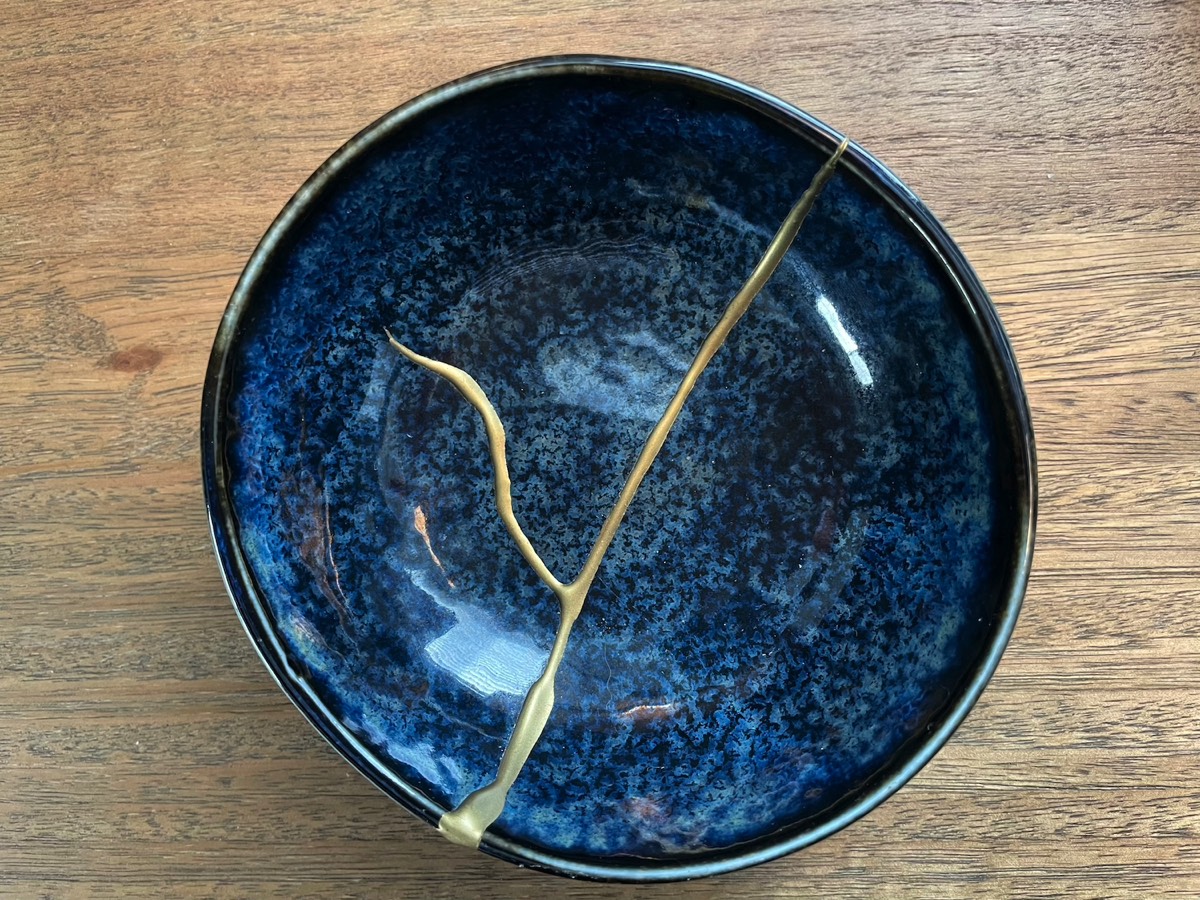Ketamine-Assisted Psychotherapy (KAP)
Many of us come to therapy because we're stuck — emotionally overwhelmed, weighed down by depression, anxiety, trauma, or chronic stress, unable to change unhealthy habits or soften defenses that create problems for us in our lives. Sometimes these patterns are so set in stone that traditional therapy or medications don't get us the relief we're hoping for.
Ketamine-Assisted Psychotherapy (KAP) offers a different path.
Ketamine works by affecting a brain chemical called glutamate, which is involved in mood, memory, and learning. One of its most powerful effects is boosting
neuroplasticity — the brain’s natural ability to form new connections and reorganize itself. This means that under the influence of ketamine, the brain can temporarily become more flexible, making it easier to shift out of stuck patterns of thought or emotion. Unlike traditional antidepressants that may take weeks to work, ketamine can create noticeable changes within hours, often giving people a break from intense rumination or emotional pain. This “reset” creates a valuable window where therapy can go deeper, helping people explore new perspectives and integrate lasting change.
Combining the therapeutic effects of ketamine with the support of a skilled and highly-trained KAP therapist, KAP can help quiet your inner critic, soften rigid thought and behavior patterns, and create space for insight, emotional release, and healing. When used in a safe and supportive therapeutic setting, this altered state can facilitate breakthroughs by reducing defenses and increasing openness to new thoughts and feelings that can help you move forward. Rather than escaping or numbing your experience, KAP seeks to help you turn toward stuck places with compassion, curiosity, clarity, and a fresh perspective that might be inaccessible or overwhelming in ordinary consciousness.
If you decide you'd like to try KAP, and your medical provider has determined you're a good fit for the treatment, we'll spend several sessions prior to your treatment cultivating your "set and setting," helping you to prepare mentally and emotionally for the journey and to set meaningful intentions for healing. During a KAP session, you'll take a low dose of ketamine prescribed by your medical provider in a safe environment, with me supporting you through your journey. The medicine typically brings on a gently altered state of awareness that lasts about 40 to 90 minutes. In that space, people often feel more open, reflective, or connected to a deeper sense of self. Some describe it as a pause from everyday mental noise; others feel like it helps them see their challenges with new clarity or compassion. What makes KAP truly powerful is what happens after — guided integration with your therapist to help you make sense of what came up and apply the insights gained to create lasting change in your daily life and relationships. It’s a process grounded in safety, collaboration, and curiosity — tailored to meet you wherever you are in your healing journey.





